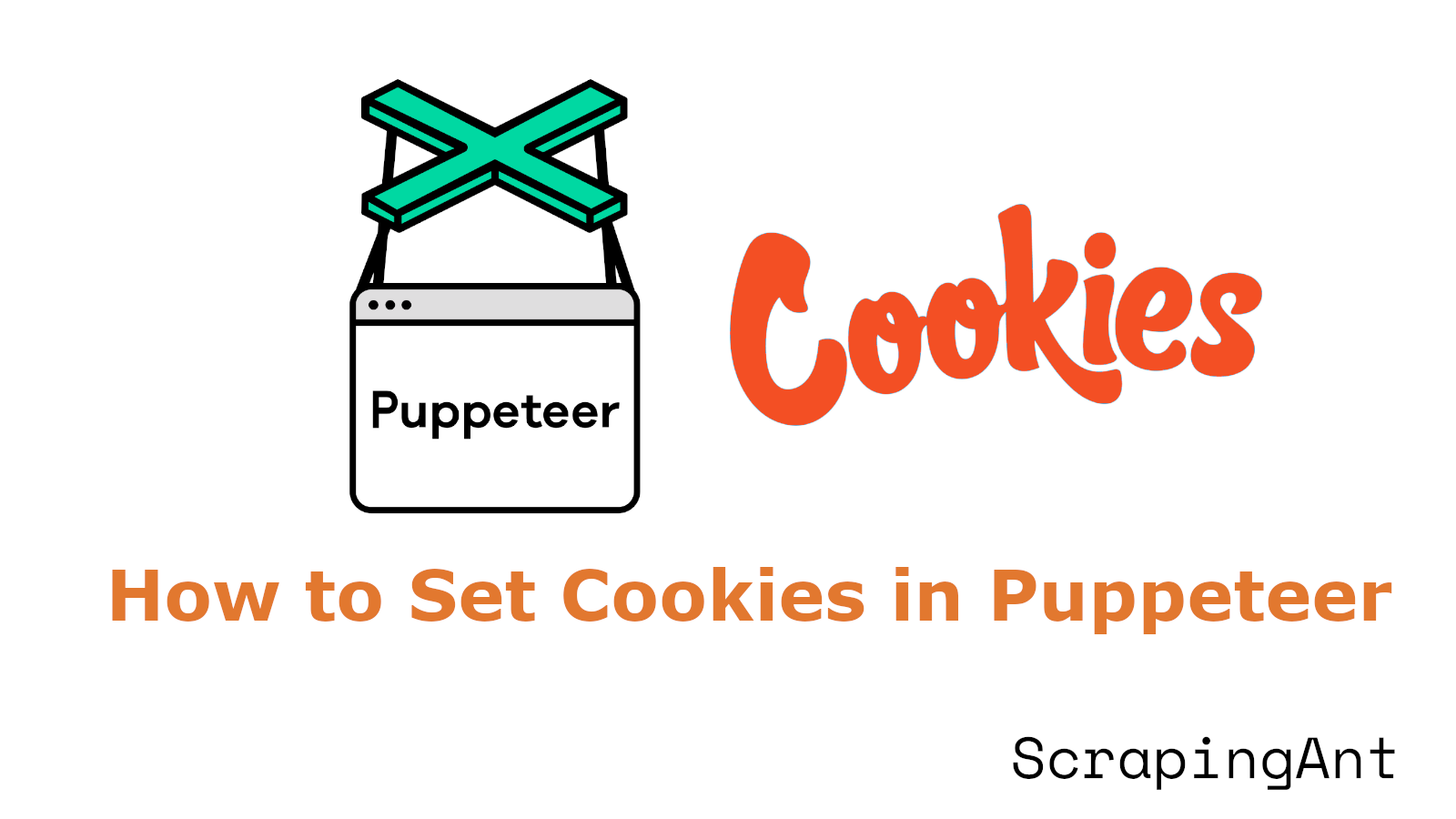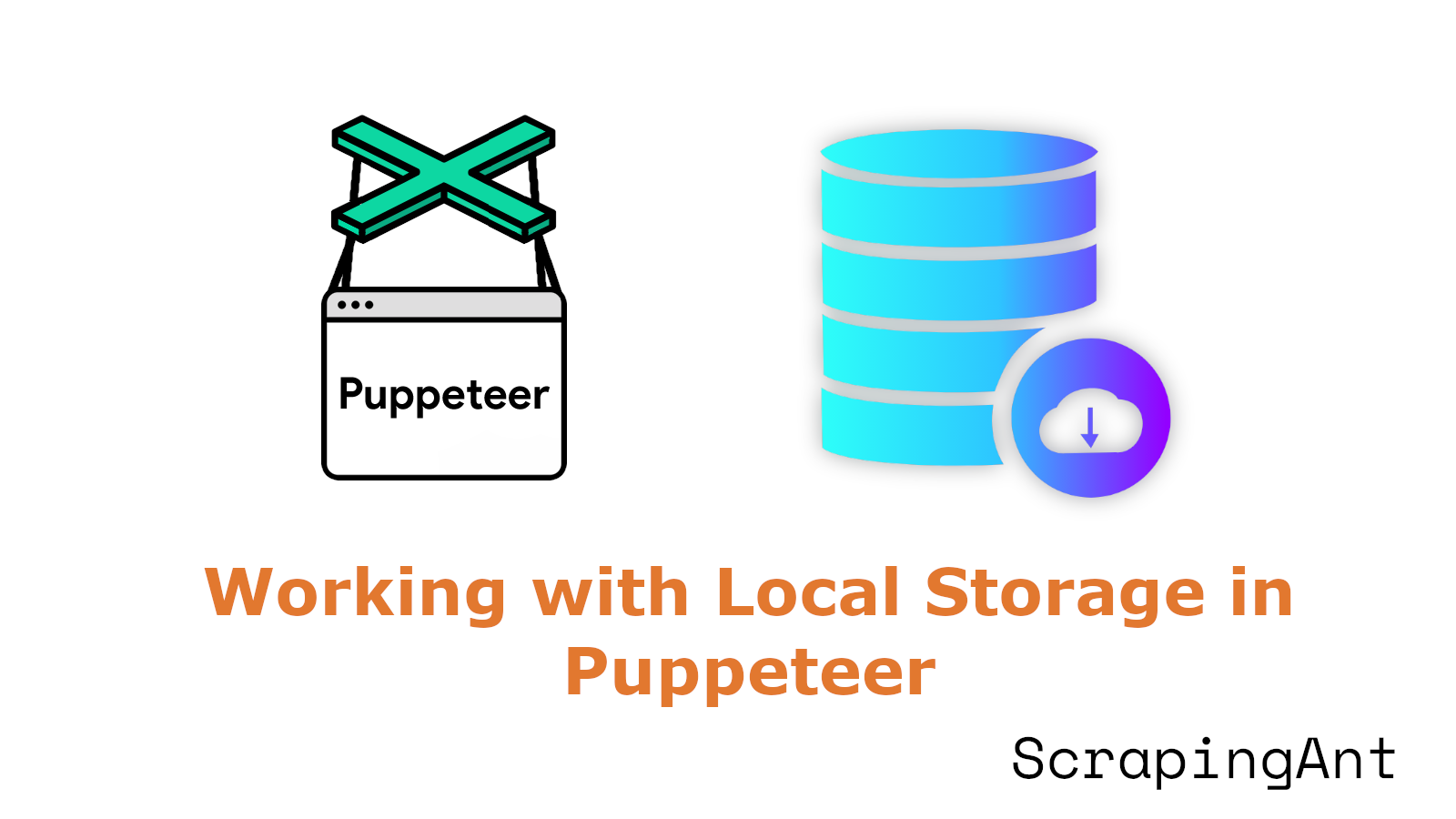
In the realm of web automation and testing, Puppeteer has emerged as a powerful tool for developers and QA engineers. One crucial aspect of web interactions is the management of cookies, which play a vital role in maintaining user sessions, personalizing experiences, and handling authentication. This comprehensive guide delves into the intricacies of setting cookies in Puppeteer using JavaScript, exploring various methods and best practices to enhance your web automation projects.
Cookies are small pieces of data stored by websites on a user's browser, serving as a memory for web applications. In Puppeteer, manipulating these cookies programmatically allows for sophisticated automation scenarios, from maintaining login states to testing complex user flows. As web applications become increasingly complex, the ability to effectively manage cookies in automated environments has become a critical skill for developers.
This article will explore the fundamental methods for setting cookies in Puppeteer, including the versatile page.setCookie() function and the context-wide context.addCookies() method. We'll also delve into advanced techniques for cookie persistence, handling secure and HttpOnly cookies, and managing cookie expiration and deletion. Additionally, we'll cover best practices and advanced techniques that will elevate your cookie management skills, ensuring your Puppeteer scripts are robust, secure, and efficient.
By mastering these techniques, developers can create more reliable and sophisticated web automation solutions, capable of handling complex authentication flows, maintaining long-running sessions, and accurately simulating user interactions across various web applications. Whether you're building automated testing suites, web scrapers, or complex browser-based tools, understanding the nuances of cookie management in Puppeteer is essential for success in modern web development landscapes.
As we explore these topics, we'll provide detailed code samples and explanations, ensuring that both beginners and experienced developers can enhance their Puppeteer skills and create more powerful, efficient, and secure web automation solutions.
Looking for Playwright? Check out our guide on How to Set Cookies in Playwright.










